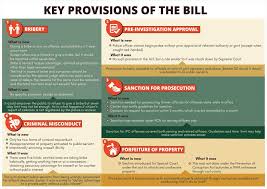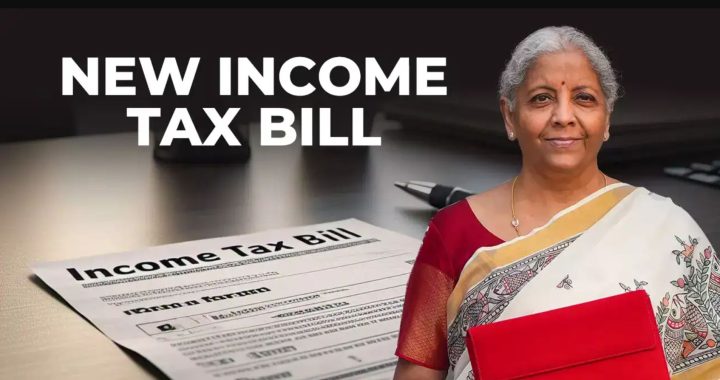Insurance Scenario in India
With over a billion people, India is fast becoming a global economic power. With a relatively youthful population, India will become an attractive insurance market over the next decades.
India had the  nineteenth largest insurance market in the world in 2003. Strong economic growth in the last decade combined with a population of over a billion makes it one of the potentially largest markets in the future. Insurance in India has gone through two radical transformations. Before 1956, insurance was private with minimal government intervention.
nineteenth largest insurance market in the world in 2003. Strong economic growth in the last decade combined with a population of over a billion makes it one of the potentially largest markets in the future. Insurance in India has gone through two radical transformations. Before 1956, insurance was private with minimal government intervention.
In 1956, life insurance was nationalized and a monopoly was created. In 1972, general insurance was nationalized as well. But, unlike life insurance, a different structure was created for the industry. One holding company was formed with four subsidiaries. As a part of the general opening up of the economy after 1992, a Government appointed committee recommended that private companies should be allowed to operate. It took six years to implement the recommendation. Private sector was allowed into insurance business in 2000. However, foreign ownership was restricted.
No more than 26% of any company can be foreign-owned.
India is among the important emerging insurance markets in the world. Life insurance will grow very rapidly over the next decades in India. The major drivers include sound economic fundamentals, a rising middle-income class, an improving regulatory framework and rising risk awareness.The fundamental regulatory changes in the insurance sector in 1999 will be critical for future growth.
Despite the restriction of 26% on foreign ownership, large foreign insurers have entered the Indian market. State owned insurance companies still have dominant market positions. But, this would probably change over the next decade. In the life sector, new private insurers are bringing in new products to the market. They also have used innovative distribution channels to reach a broader range of the population. There is huge in the largely undeveloped private pension market. The same is true for the health insurance business.
The Indian general insurance segment is still heavily regulated. Three quarters of premiums are generated under the tariff system. Reinsurance in India is mainly provided by the General Insurance Corporation of India, which receives 20% compulsory cessions from other general insurers. Finally, the rural sector has potential for both life and general insurance. To realize this potential, designing suitable products is important.
Insurers will need to pay special attention to the characteristics of the rural labor force, like the prevalence of irregular income streams and preference for simple products.


 ITAT Amritsar: No Section 269SS Violation for One-Time Cash Payment Before Sub-Registrar
ITAT Amritsar: No Section 269SS Violation for One-Time Cash Payment Before Sub-Registrar  Tax Officials Unleash Digital Dragnet: How New Raid Powers Redefine Privacy, Property Rights in India and likely to Fuel Corruption
Tax Officials Unleash Digital Dragnet: How New Raid Powers Redefine Privacy, Property Rights in India and likely to Fuel Corruption  Income Tax Department Rewards for Reporting Tax Evasion: A Comprehensive Guide
Income Tax Department Rewards for Reporting Tax Evasion: A Comprehensive Guide  Forfeiture of Gratuity by Employer- What are the Remedies for an employee- Can employer be challenged?
Forfeiture of Gratuity by Employer- What are the Remedies for an employee- Can employer be challenged?  Employer can forfeit gratuity of an employee in case of moral turpitude
Employer can forfeit gratuity of an employee in case of moral turpitude  Diving Deeper: The Impact of the New Tax Bill on Dairy and Farming Income
Diving Deeper: The Impact of the New Tax Bill on Dairy and Farming Income